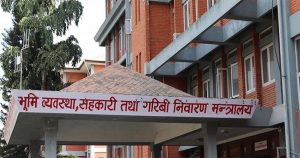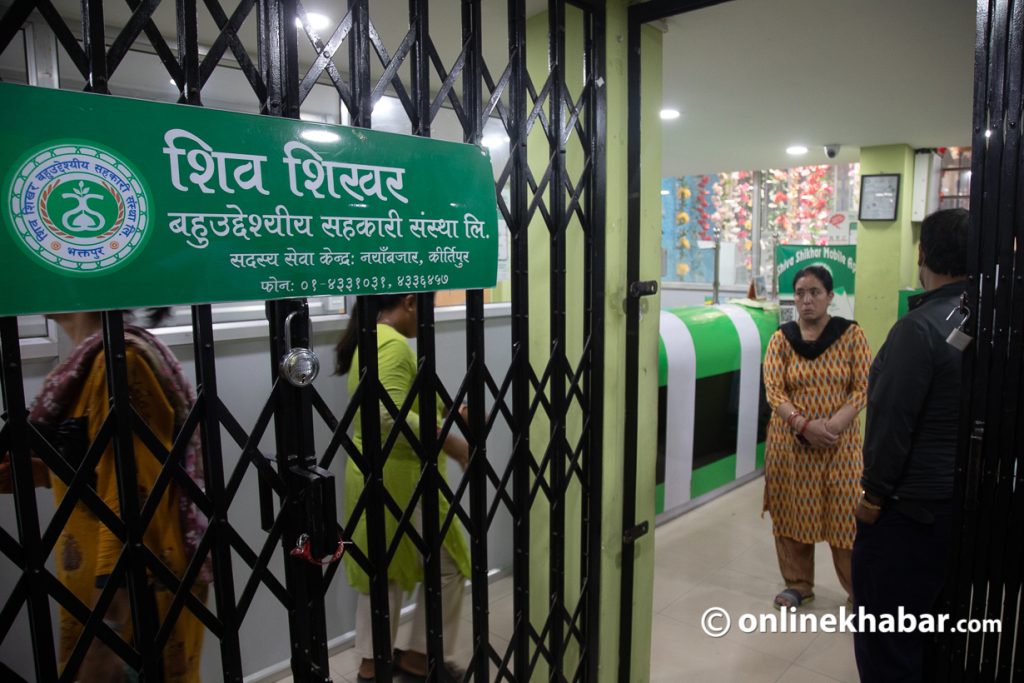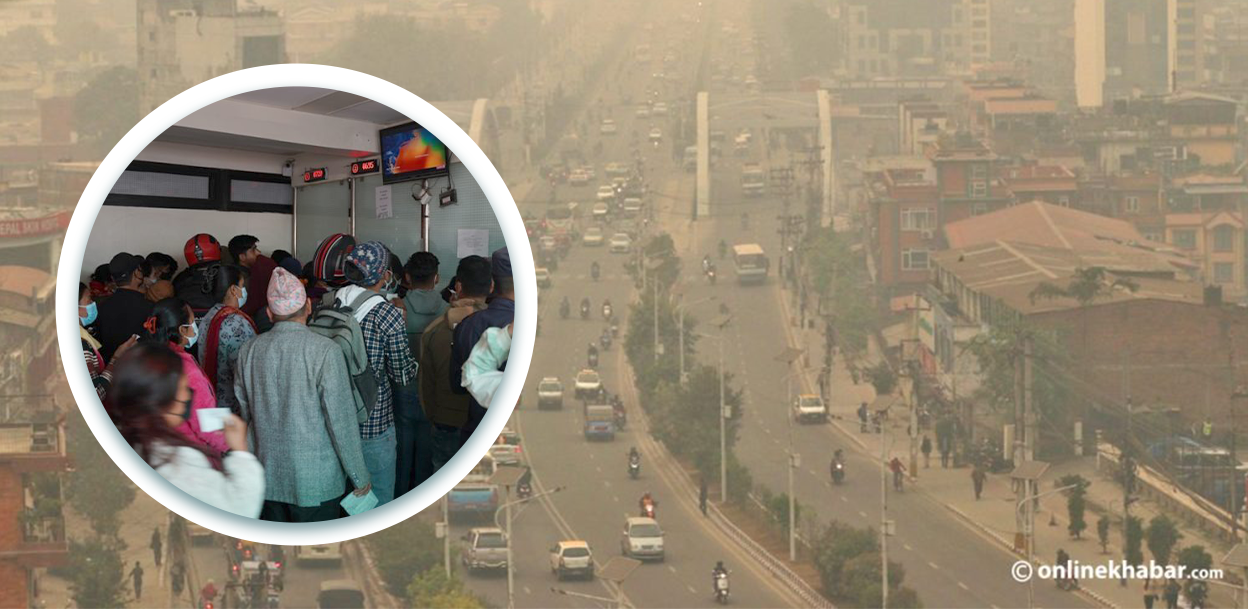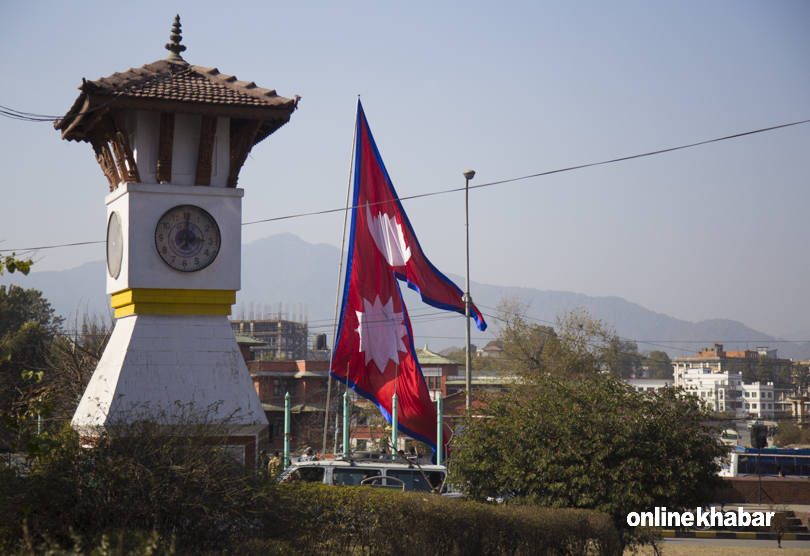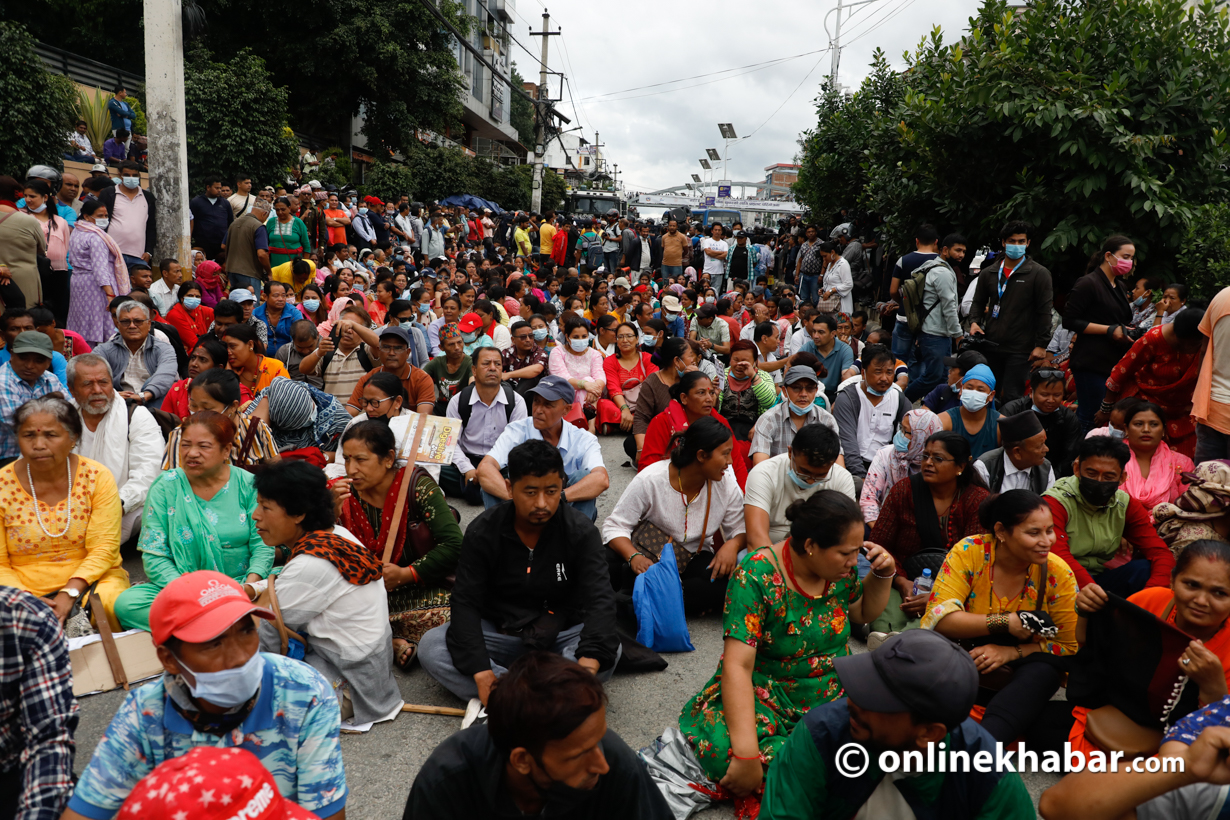
The release of the study report, by the parliamentary investigation committee (Special investigation Report on Misuse of Savings Fund of Co-Operative Societies 2081), has brought to light varied forms of corruption infesting in the cooperative sector in Nepal. The report provides interesting insights, intrigues and intricacies on how corruption, fraud and irregularities have gripped this sector.
Among the three important pillars of the economy, the cooperative sector is assumed to be the one. Other two are: the public and the private sectors. So far, much of our anti-corruption efforts are fighting corruption in the public sector; there is an ongoing debate on whether private sector should come under the jurisdiction of the Commission for the Investigation of Abuse of Authority (CIAA).
With the revelation of massive corruption in the cooperative sector, anti-corruption pundits now have new responsibility to take care of. Definitely, study revelations will led them to think twice on need to expand the jurisdiction of the CIAA.
The good governance agenda cannot be realised in isolation, there must be a holistic approach; everything is interconnected and interrelated. Effort to clean the house may start from one end (public sector), but at the end, the cleaning process cannot be complete without keeping the whole house in order.
New definition on corruption
In the opening remarks, Surya Thapa, who headed the investigation committee, writes “Nepal’s cooperative sector is infested by the pandemic of fakes – there are fake marriages, fake re-marriages, fake property inheritances, fake AGMs, fake reports, fake share-holders, fake account holders, fake debtors, fake audit reports, fake promises, fake commitments and overall fake operating system.”
I suppose, this single line summarises the state of corruption in the cooperative sector. Are “fake” and “thuggery” going to be a new definition of corruption in the cooperative sector? Or there are others things to worry about?
Work smart, not hard
First, the cursory review of 18 chapters spread over 1,075 pages, one will sure to admit that the report is more of a hard work than a smart one. The modern management mantra is not working hard, but working smart. And this is clearly missing in the report.
The report is more of a “compilation of reviews” than a concrete distillation of “actionable ideas” like what forms of corruption is being infested in what sectors of the cooperatives and what actions need to be taken to tackle them? These are missing in the report. What it contains is “stacks of reviews”, often boring, useless and silly ones. There are also editorial overlooks. Check reading pages 115 and 116.
However, compiling 1075 pages, within 99 days, with a skeleton staff, interviewing more than 400 people, 40 case studies and field visits, is not a joke. The report lacks presentation and hence poor in readability index, it is clumsy. After reading a couple of pages, a reader will easily fall asleep. I hope 90 percent of the readers will skip reading the report. This could be the single reason why everyone is talking about Lamichhane issue because they have not bothered to read other chapters.
If one avoids “silly reviews”, out of 18 chapters, only two chapters, namely, chapters 17 (conclusion) and 18 (suggestions and recommendations), are worth reading. However, the real meat is in reading chapter 12. I strongly suggest Nepali readers, not to miss this chapter.
The scale of the problem
The cooperative sector in Nepal is a high growth industry, particularly, after the enactment of new liberal law in 2074 BS. The available data reveal that the sector expanded from a mere 881 in 2048 BS to 22,859 in 2067 BS- almost 25 fold increase, within a span of less than two decades.
Currently, there are 31,500 cooperatives with 7.3 million members (56% are women), with a share capital of Rs 94 billion, and providing jobs to 93,000 people. However, there is no exact data on their operation, more than 90 per cent of them are at local level, something akin to NGO mismanagement in Nepal. Given the size and scale of this sector, one can fairly imagine economic and social impacts of inefficiency and corruption in this sector, hence political hue and cry.
Compared to the huge size, the study covered a minuscule of the cooperative sector – not even the tip of the iceberg, I would say. And the report is grossly overshadowed by Lamichhane issue.
As a part of the mandate, the report covered 40 cooperatives in a crisis situation and found financial deficit to the tune of Rs 6 billion – with Rs 88 billion in liability minus Rs 82 billion in assets and debts. The report has quoted financial embezzlement of as high as Rs250 billion in 500 cooperatives. Arrest warrants have been served to for 1700 personnel and court cases are piling up.
The root cause
The root cause of the problem rests, not with all cooperatives, but with a breed called “saving and credit cooperatives” which the report called them as “satellite cooperatives”. There is a fundamental belief that “self-discipline and self-control” should be the hallmark of cooperative movement, hence the government is gradually pulling out of its oversights and regulations functions.
And here is the catch. In the absence of government regulations, the sector is prone to all conceivable and inconceivable forms of corruptions, concentrated, primarily, in urban-centric, hi-fi, banking type “saving and credit cooperatives”.
The solution prescribed is: more government regulations. An inconceivable choice has to be made between “market failure” and “state failure” when it comes to managing cooperative sector in Nepal. But the problem is more of market failure due to state failure in installing effective monitoring and regulation mechanisms.
The study clearly points out that the problems of cooperatives is an economic crime, and you cannot end the crime by sending the culprits behind the bars. Paradoxically, “imprisonment solution” has created more problems.
As mentioned above, besides the world of fakes, with easy pickings on depositors savings, made attractive or rather lucrative by high interest rates, the cooperative sector is dominated by “family mafia”, that is why I suggest readers not to miss Chapter 12. As per the report, the relatives from 16 family members have a controlling interest in over 300 cooperatives. Sounds like a cooperative fiefdom in Nepal.
In the realm of anti-corruption literature, the last chapter often ends with a study on organised crime and networking business. Organised crime is a difficult nut to crack. This is the single reason why we need to keep an eye on unfolding of events related to Rabi Lamichhane case.





